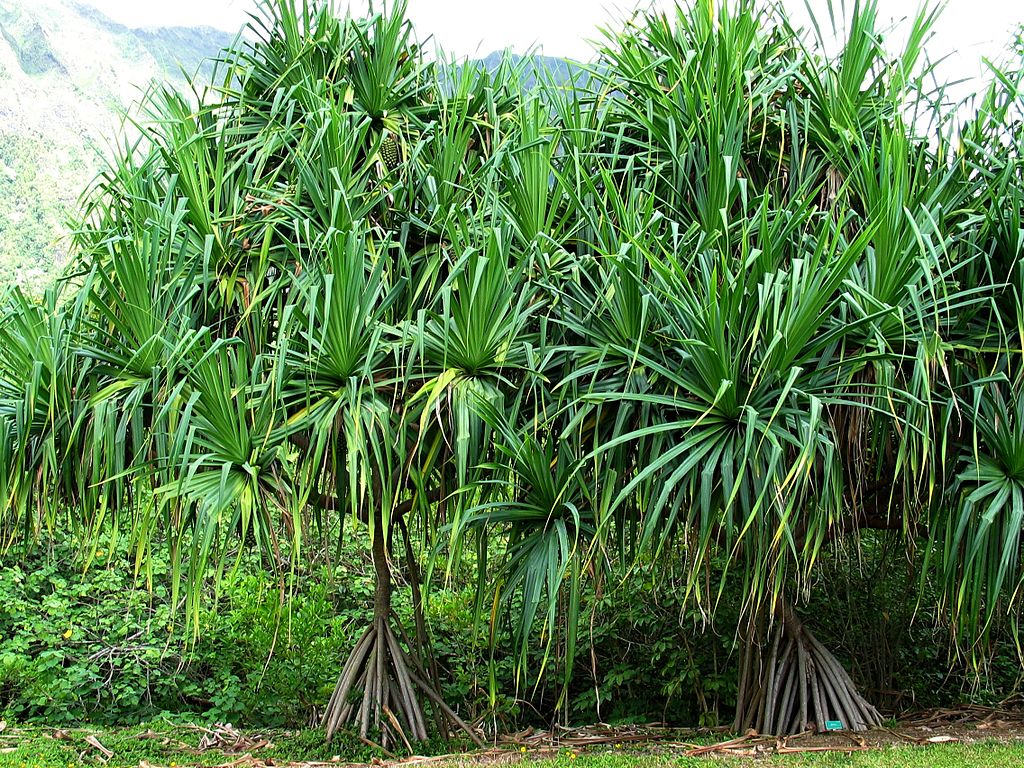Lauhala: Weaving knowledge and practices with a climate resilient and culturally significant plant on Hawaiʻi Island

Hala (Pandanus tectorius) is a much loved plant by Native Hawaiian cultural practitioners and lauhala weavers. Yet, native coastal forests of hala are now considered rare in Hawaiʻi. Research on climate resilience indicates the potential of hala in mitigating storm surges and acting as a barrier from salt spray to crops growing near the shoreline. An increased understanding of hala’s species diversity, its distribution and preservation efforts across the island, its role in supporting ecosystems, and its historical and current uses as food, medicine, natural fibers, and oils would provide further opportunities for natural and cultural resource managers and practitioners on Hawaiʻi Island.
This project engages an emergent, interdisciplinary, and collaborative research methodology, bringing together experts within diverse knowledge systems to research, co-learn, and explore the cultural, economic, social, and ecological regenerative potential of hala and its relevance for climate resilience. Collaborative emergent methodologies create bridges between diverse but complementary knowledge systems and integrate important contributions of often-marginalized knowledge, such as Indigenous and creative practices. The envisioned results are co-created research, conservation, and education projects, and art/communication outputs that coalesce from the encounter of scientists, researchers, natural and cultural resource managers, cultural practitioners, educators, students, and artists who have a stake in hala. This encounter will occur through co-learning sessions over 24 months. The project team will respectfully engage with several hala groves on the island which are being preserved and/or reforested.
Outputs and results include: 1) mapping hala regions and groves on Hawaiʻi Island, including threats and opportunities for reforestation; 2) consolidation of the knowledge systems, methods, and practices of hala stewardship, reforestation, and preservation, and sustainable use of hala products; 3) multimedia outputs highlighting hala’s potential role in climate adaptation, and cultural, economic, social, and ecological (re)generation; 4) development of emergent collaborative methodologies in knowledge generation and sharing of data collection with potential for future projects.
PROJECT DETAILS
FUNDED:
FY2023
PI:
Noa Kekuawa Lincoln
Associate Researcher, CTAHR, UH Mānoa
Graduate Scholars:
Justin Kellum
Dept of Geography and Environment, UH Mānoa
Ryan Weiskopf
Tropical Plant and Soil Science, UH Mānoa
Co-Is:
Udi Mandel Butler
Climate Action Program Manager, Hawaiʻi Climate Change Commission
Kū Kahakalau
Executive Director, Kū-A-Kanaka

